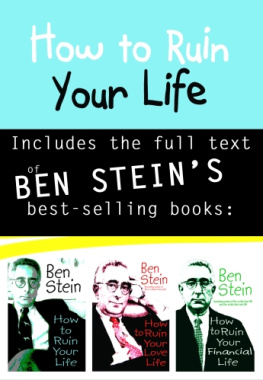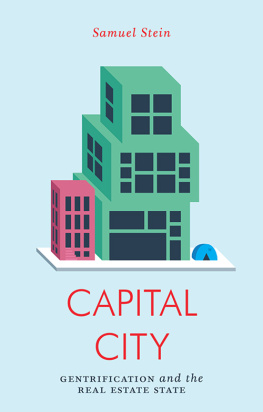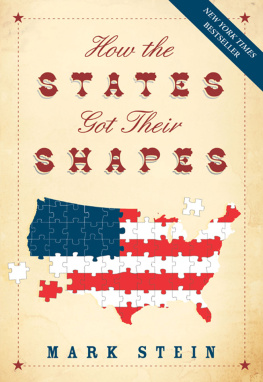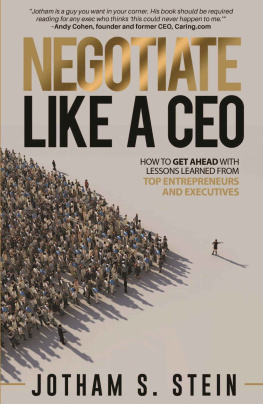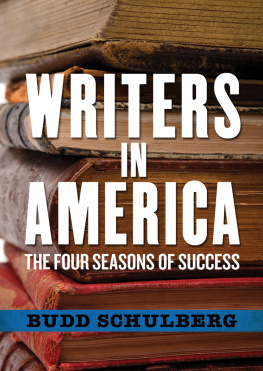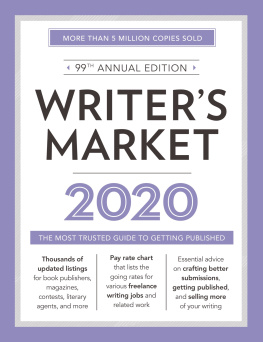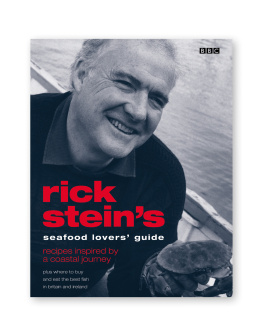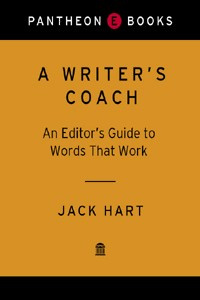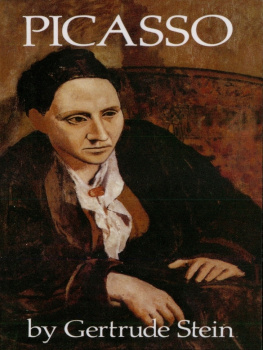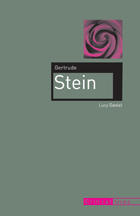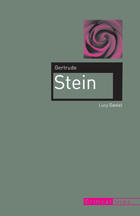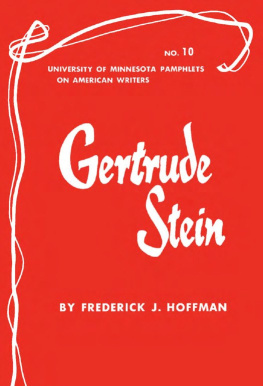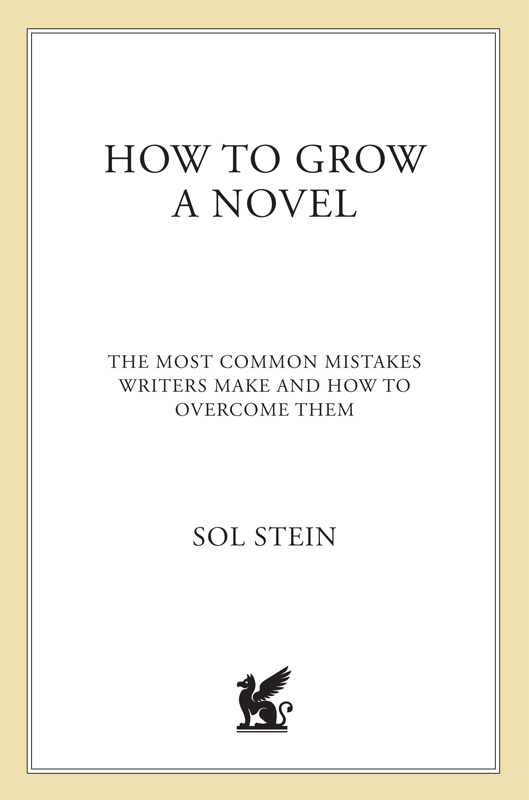
The author and publisher have provided this e-book to you for your personal use only. You may not make this e-book publicly available in any way. Copyright infringement is against the law. If you believe the copy of this e-book you are reading infringes on the authors copyright, please notify the publisher at: us.macmillanusa.com/piracy.
Contents
For Edith
ACKNOWLEDGMENTS
It takes courage to edit an editor and publish a publisher. I want to thank Marian Lizzi for undertaking both tasks with courage and skill. Patricia Day corrected my memory of some past events, for which I am grateful. I was once again fortunate in being able to tap Elizabeth Steins judgment in the course of writing. I remain indebted beyond easy measure to the writers, famous, infamous, and not yet known, as well as the teachers, readers, and students with whom I shared a life of editorial work and joy, and from whom I learned much of what is in the book.
Women usually outnumber men among my students, readers, and friends. I trust they will forgive me for using a male pronoun to stand for both genders. Saying he or she repeatedly is a distraction for both writer and reader.
PREFACE: FOR THE READER WHO IS ALSO A WRITER
Come sit. We need to talk. I have been working with writers for more than forty years, side by side, one on one, always with the intent of getting a book into shape for successful publication. Most of these authors had publishing contracts and deadlines. Some of them were famous or became so as a result of their work. A fair number wrote books that will surely survive into the new millennium.
In 1990, after more than a quarter of a century as editor-in-chief of a book-publishing firm, I also began to work with eager newcomers, writers who had not yet published fiction. I conducted workshops at the University of California and elsewhere, speaking at writers conferences, talking to groups. In my Chapter One workshops, mainly for writers who had attended my university lecture course, about two dozen writers would gather each week around a large conference table to learn by editing. Most of the newcomers were successful professionals in other fields (law, medicine, teaching, business) who in midlife turned to writing fiction and were surprised at how complex the craft is, and were pleased to learn how many solutions had already been devised by other writers. Some of the participants were successful nonfiction writers who were new only to fiction writing. What a reward when one, the author of thirty-four nonfiction books, writing fiction for the first time, won the short-story competition at the Santa Barbara Writers Conference.
We called these workshops Chapter One because all of the participants worked intensively in perfecting each writers first chapter in turn. By the end of three months, each participant had worked under my supervision on twenty-four first chapters. In this way they learned the craft of fiction to the point where they could then go on and revise the rest of their chapters on their own.
In many workshops writers read their material out loud, which has disadvantages. Some writers read well, others poorly. Good writing badly read is boring. Faulty writing read with flair can sound a lot better than it is. In the Chapter One workshops, we didnt read aloud for another reason also. Readers see a writers work as words on a page, and that is how writing should be judged. Therefore every week in our seminar, three writers would each bring in two dozen copies of their first chapters. After the instruction that preceded every work session, each of us around the table would read and edit the same first chapter. These writers were learning to revise by editing the work of their peers, putting to use instruction they had just learned or reviewed. Wed discuss a chapters virtues and faults. I might suggest how a fault could be remedied or a virtue enhanced. Line-editing suggestions, page by page, were made by members of the group. I am totally deaf in my left ear, and if an editing suggestion by a participant seemed wrong, I would tap my deaf ear, and then offer a correction. I was not a traffic cop, but in my familiar role as editor-in-chief approved or amended the work of less experienced editors. At the end of a semester, each writers first chapter had been revised to as near perfection as the writers talent and experience would permit. Best of all, the participants now had knowledge and editing experience to bring to the rest of their own manuscripts, and to whatever they would write in the future.
Normally, writing courses are designated as being for beginners or for advanced work. Writers are segregated by their talent and experience. I prefer to mix successful writers with talented newcomers. The newcomers hunger for craft and experience helps energize the more successful, reminding them of craft theyd forgotten or overlooked. A writers learning experience, like a physicians, never ends.
Frustrated that I could not conduct seminars in many places at once, I cloned myself in several computer programs that enabled writers to plug me into their ears, as it were, as if I were editing their work one-on-one. The results were rewarding, and in some cases spectacular. To reach out to still others, I wrote Stein on Writing, which dealt with the essential craft of both fiction and nonfiction. Why then this book?
In Stein on Writing I dealt with essential craft techniques, but not in the depth possible in face-to-face meetings. I was urged to write a book in which I could deal with the most important recurrent problems in the same depth as I would in an extended meeting with an individual author, using examples from a variety of successful novels, including some from my experience as an editor.
Some of what I intended to do was a gamble, but who gambles more than the writer whose initial obstacle is a blank piece of paper on which he hopes to make invented characters come alive? My most intensive one-on-one experience was with Elia Kazan, director of five Pulitzer Prizewinning plays, including Arthur Millers best, Death of a Salesman, and Tennessee Williamss best, A Streetcar Named Desire. These works by the two playwrights, perhaps the best of the American theater in the second half of the twentieth century, are extraordinarily different from each other. What they had in common was Kazan as their director. For his work in film, Kazan received two Academy Awardsfor his direction of Gentlemens Agreement and On the Waterfront and, in 1999, by unanimous vote of the board of the Academy of Motion Picture Arts and Sciences, a rare honorary Oscar for his lifes work in film.
I spent nearly every day for five months working on a novel by Kazan that another publisher had rejected as uneditable. That long editorial process was a big risk for both author and editor. Kazan as director was the boss of a play or film, and it required courage to turn the directorial role over to someone else when it came to his writing. That the gamble was worth it was evidenced by The Arrangements long run on the bestseller lists, where it stayed at number one for thirty-seven consecutive weeks. Later in this book I propose to take the reader to some examples from those five months of work on that ostensibly uneditable novel, which was improved to the point where it became a record-breaking bestseller. I will also offer details of my work with newcomers to fiction who have not yet published, to convey as much as possible of the entire range of editorial comment.



